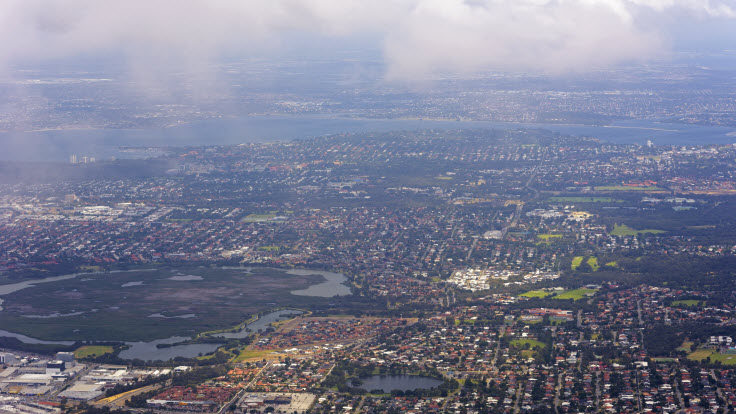
Western Australia remains the most affordable state in the country despite affordability declining overall, according to the latest results from the Real Estate Institute of Australia’s (REIA) December 2020 quarter Housing Affordability Report.
The report found although the proportion of income needed to meet loan repayments had increased in WA from 23.9 per cent to 24.8 per cent in the three months to December 2020, WA was still the most affordable state, with only the Northern Territory and Australian Capital Territory more affordable.
Rental market
Although WA is still the most affordable place in the whole country to rent in, affordability did decline between the September 2020 and December 2020 quarters.
The report shows the proportion of income required to meet rent payments increased from 17 per cent to 17.8 per cent during the quarter and was up 1.1 per cent compared to the December 2019 quarter.
First home buyers
First home buyer activity soared to 7,166 in WA in the December 2020 quarter, according to the findings of the Housing Affordability Report.
This represents an increase of 41.6 per cent during the quarter and an increase of 97.1 compared to the December 2019 quarter.
Additionally, the report found WA first home buyers accounted for 15.7 per cent of first home buyers in the country and represented over half of WA’s owner-occupier market at 50.4 per cent.
The average loan to first home buyers increased 5.7 per cent during the December 2020 quarter to $360,675, which is 4.1 per cent more than the December 2019 quarter.
Total loans
There were a total of 14,218 loans taken out in WA during the December 2020 quarter, which is up 42.4 per cent on the September 2020 quarter and 71.6 per cent on the December 2019 quarter.
The average loan amount was $416,746 during the quarter, which is 4.5 per cent more than the September 2020 quarter and 3.9 per cent more than the December 2019 quarter. However, the average loan amount in WA is still 17.5 per cent lower than the national average.
National overview
Housing affordability declined on a national level in the December 2020 quarter, with the proportion of income required to meet loan repayments increasing by 0.9 per cent to 34.8 per cent during the December 2020 quarter. On an annual basis though, affordability had improved by 0.7 per cent.
REIA President Adrian Kelly said the decline in affordability is largely attributable to higher house prices and larger loans.
“The market defied the doomsday predictions with median house prices rising across the country in 2020 with demand driven mostly from first home buyers.
“Australian first home buyers increased their market share by 50.4 per cent over 2020, motivated by low interest rates and the range of first home buyer incentives on offer.
“Seeing this trend in conversion to home ownership is particularly great news given the challenges many tenants and investors faced over the pandemic, however surging house prices could see housing affordability obliterated unless measures to improve supply are implemented. This particularly applies to regional parts of Australia,” Mr Kelly said.
Source: reiwa.com.au




